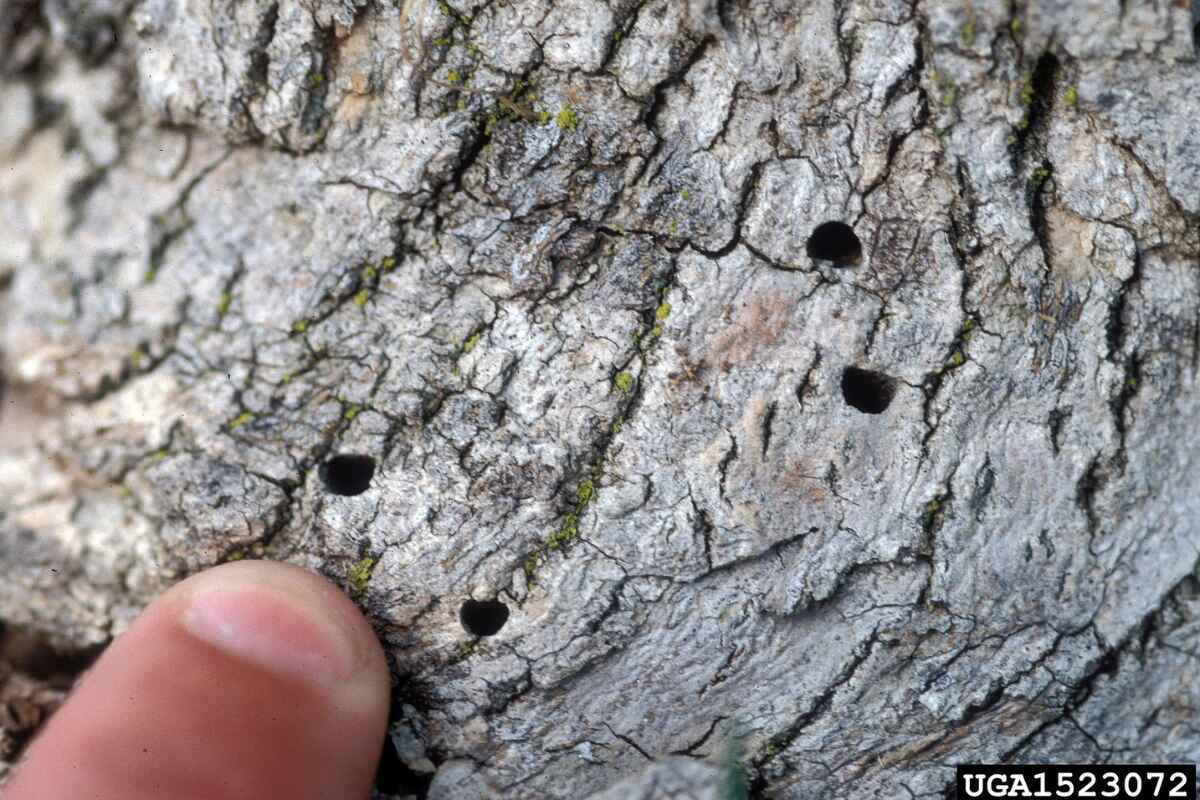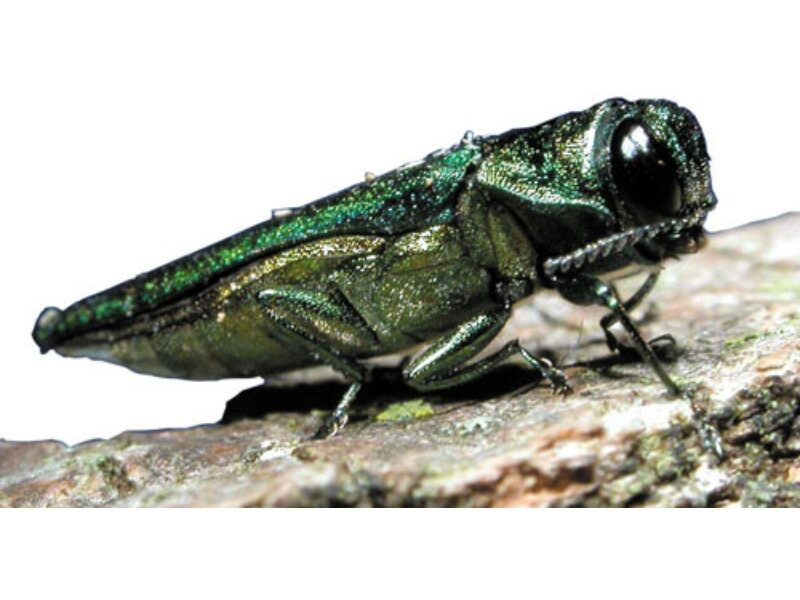by Teri Silver

Protecting trees from insects and pests keeps the greenery healthy and strong while preventing your yard from becoming a bug-fest.
No matter where you live, but especially in Texas where summertime heat and humidity can be brutal, the bugs want to chew on just about everything — trees and people included. Keep your trees healthy in these ways.
Monitor and Inspect
Early detection helps you alleviate bug problems before summer sets in.
In spring, give your trees a checkup before new leaves and buds emerge. Inspect tree leaves, branches, trunks, and roots for holes, chewing, insect nests, and storm damage. Strong roots are the most important part of the tree –– they bring nutrients, oxygen, and water to the trunk and limbs. If the roots are infested by bugs, chewed up, or decayed, the tree could be in trouble. Insect damage may also cause trunk damage by compromising the tree’s core and strength.
The Tree Checklist
To protect your trees from insect damage:
- Prune branches and limbs and remove excess foliage. This allows more sunlight and air to flow inward. (Tip: Apply a bit of rubbing alcohol to the shears to prevent the spread of disease from one tree to another).
- Water trees to keep the branches from drying out. Dead and dried-out wood attracts insects.
- Wrap tree trunks in burlap, corrugated cardboard, or treated fabric between November and April. This will keep them warm during winter so they don’t crack or splinter. Insects crawl into exposed wood — especially where bark is missing.
- Clean up your yard after storms and pruning. Fallen branches and brush attract common tree pests like beetles and aphids.
Bug Traps

A variety of bug traps are known to protect trees from insect damage. For example, there’s a gizmo that traps emerald ash borers — these insects have destroyed millions of trees in the United States. Tree bands and other types of bug catchers are available at garden and home improvement stores and online.
Natural Insect Control
Go natural by applying organic pest control solutions to your back and front yard trees. Here are a few options.
Corn Gluten Meal
While cornmeal is known to prevent weeds from germinating, it is also used on herbs to keep away bugs. Ants may come after the cornmeal, but they can’t digest it, which should bring the population down.
Sprinkle cornmeal around the ground under the tree’s canopy.
Neem Oil
With an active compound called azadirachtin, neem oil is a natural fungicide for ornamental trees, houseplants, fruits, vegetables, nuts, flowers, and shrubs. Neem oil controls aphids, spider mites, beetles, white flies, and other insects.
Apply neem oil directly to tree leaves — not into the soil or around the roots. It works best on larvae and immature insects.
Insecticidal Soap
Soft-bodied insects like spider mites, thrips, whiteflies, leafhoppers, and aphids are good targets for insecticidal soap because the solution has fatty acids that break down buggy bodies. Insecticidal soaps don’t work as well against hard-bodied insects like beetles, but they also won’t harm birds and pollinators.
Spray insecticidal soap thoroughly on leaves in the early morning or early evening so they won’t dry out quickly in the heat of the day. Don’t let the liquid drip to the ground.
Oh “Deer” Me!
You may not think of deer as pests, but they can definitely damage your trees. Deer like to do more than just nibble on tree leaves. Males rub against tree trunks to mark their territories and remove soft coverings from antlers. The biggest damage comes from antler rubbings around 3 feet above the ground. Prevent tree rubbing by pounding wooden stakes around each tree 18 inches apart.
Safeguarding trees from pests and insect infestations isn’t easy and probably not 100% effective, but the more you do to inspect and protect, the healthier your trees will be.

Teri Silver is a journalist and outdoor enthusiast. She and her husband live on 5 acres with a vast lawn, three gardens, a farm, a pond, many trees, and a lot of yard work! The best parts of the year are summer and fall when home-grown veggies are on the dinner table.

